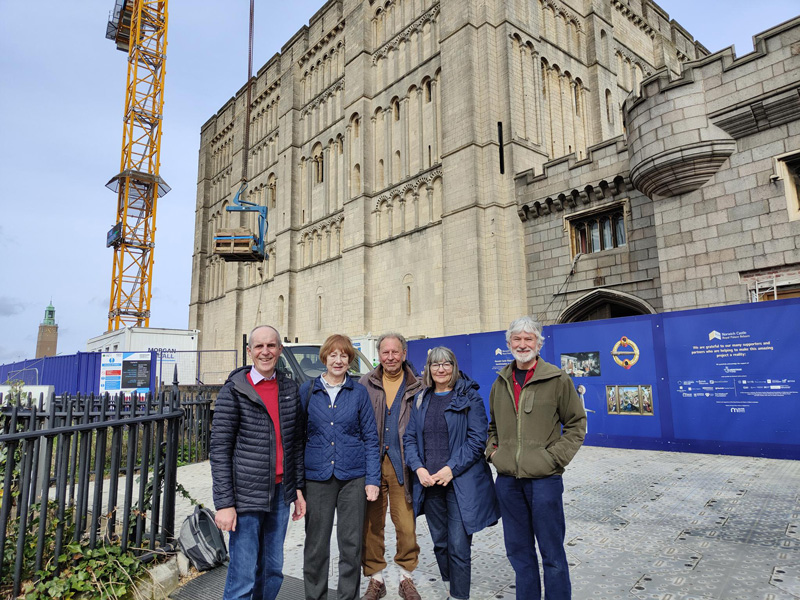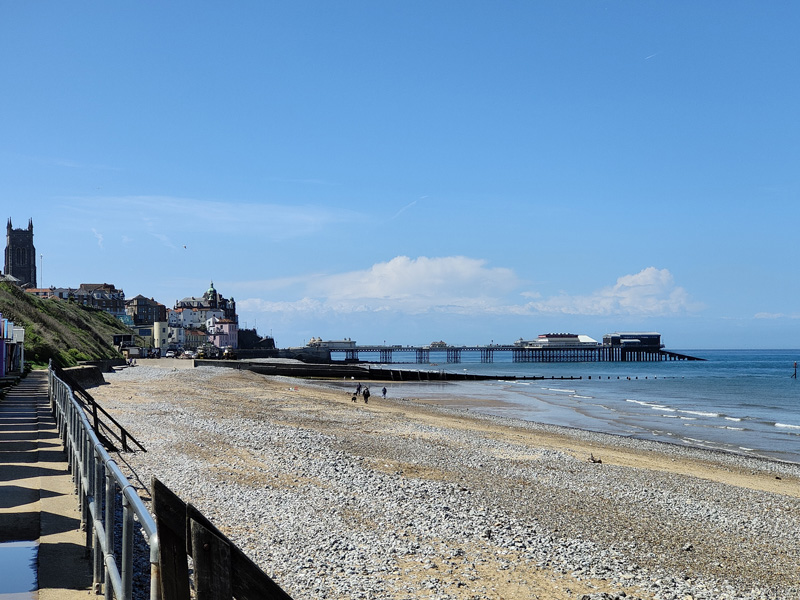>June Events / >May Events / Events in Norfolk and Suffolk / games / Health & Wellbeing May 25, 2023

What you need to know about Playground equipment Safety
Playground equipment is an essential space for children’s physical, social, and cognitive development. However, the risk of injuries can be a concern for parents and educators alike. This blog aims to guide you through the vital aspects of playground equipment safety to help you create a secure play environment for your students or children. By understanding and implementing these safety measures, you can ensure that children enjoy a fun and injury-free playtime.
–
1. Playground Equipment Design and Materials
The design and materials used in playground equipment play a crucial role in ensuring its safety. Here’s what to look for:
a. Rounded Edges: Equipment should have smooth, rounded edges to reduce the risk of cuts, bruises, and scrapes. This is good as children are more likely to get hurt at a park and with smooth edges can reduce the seriousness of any injuries that might happen.
b. Non-toxic Materials: Choose equipment made from non-toxic materials, such as high-density polyethylene (HDPE) or stainless steel, to avoid exposure to harmful chemicals. These can affect children’s skin or eyes as they could be sensitive to the chemicals and have an allergic reaction.
c. Slip-resistant Surfaces: Opt for equipment with slip-resistant surfaces, such as textured coatings or rubberized materials, to minimise the risk of falls. This is important as anyone can fall over and hurt themselves.
d. Age-appropriate Design: Select equipment designed for the specific age group of the children who will be using it. Different age groups have different physical abilities and developmental needs, so it’s crucial to choose equipment that caters to these requirements.
–
2. Playground Surfacing
One of the most critical factors in playground safety is the surfacing material. The right surfacing can help cushion falls and prevent serious injuries. Consider the following options:
a. Engineered Wood Fiber (EWF): EWF is a popular, cost-effective surfacing option made from shredded wood. It provides good impact absorption and is wheelchair accessible. It’s important for a playground to have multiple pieces of equipment that is suited for everyone.
b. Rubber Mulch: Made from recycled tires, rubber mulch is a durable and low-maintenance surfacing option. It offers excellent shock absorption and is available in various colours.
c. Poured-in-Place Rubber: This is a seamless, durable surfacing material that provides superior fall protection. It can be customised with various colours and patterns and is ADA compliant.
d. Artificial Turf: Designed to mimic natural grass, artificial turf is soft, durable, and low maintenance. It is also an excellent option for schools with limited space, as it can be used for both play and sports activities.
–
3. Playground Equipment Installation
Proper installation of playground equipment is critical to ensuring its safety. Keep the following tips in mind:
a. Follow Manufacturer’s Guidelines: Always follow the manufacturer’s guidelines for equipment installation. These guidelines ensure that the equipment is installed correctly and meets safety standards.
b. Use Certified Installers: Hire certified playground equipment installers to guarantee that the installation is done correctly and safely. This is vital as if they are not installed correctly it could cause the equipment to break and become harmful to kids.
c. Proper Anchoring: Make sure all equipment is securely anchored to the ground to prevent movement or tipping. This is important as they can get damaged in a storm if there are strong winds or from vandalism.
d. Regular Inspections: Conduct regular inspections of the equipment to identify any issues that may pose safety risks, such as loose bolts, worn-out parts, or damaged surfacing.
–
4. Playground Safety Guidelines
Adhering to playground safety guidelines can significantly reduce the risk of injuries. Consider the following:
a. Supervision: Ensure that children are always supervised by adults while playing. Adequate supervision can help prevent accidents and respond promptly in case of emergencies. You should always watch your children at the park as it is a public area with strangers that you and them don’t know and it can also be dangerous for them on their own.
b. Age Segregation: Divide the playground into separate areas for different age groups to ensure that children play on age-appropriate equipment and minimise the risk of accidents.
c. Clear Zones: Maintain clear zones around equipment, free from obstacles, to minimise the risk of collisions and falls. This is important because if there are bags of rubbish left around the park someone could trip or slip over them.
d. Teach Playground Safety Rules: Educate children about basic playground safety rules, such as taking turns, not pushing others, and using equipment correctly. This is important because most injuries are from children trying to climb things or mess around and hurt themselves.
–
5. Playground Maintenance
Playground maintenance is crucial for ensuring safety as it helps to identify and rectify potential hazards before they can cause harm to children. Regular inspections and upkeep of playground equipment, surfacing, and surrounding areas can prevent accidents caused by worn-out parts, loose bolts, or damaged materials. Proper maintenance also helps to maintain the integrity and functionality of the equipment, which directly contributes to the safety of the children using it. Furthermore, a well-maintained playground not only keeps the play area visually appealing but also demonstrates a commitment to prioritising children’s well-being. Ultimately, consistent and diligent playground maintenance is essential for creating a secure and enjoyable environment that allows children to play and learn without fear of injury.
ensuring playground safety is of paramount importance to protect the well-being and development of children. By implementing appropriate safety measures, we can create an environment where children can engage in active play while minimising the risk of accidents and injuries.Playgrounds should be designed with safety in mind, incorporating age-appropriate equipment, proper surfacing materials, and adequate spacing to prevent collisions. Regular maintenance and inspections are essential to identify and address potential hazards promptly. Additionally, providing clear guidelines and rules for children to follow while using the playground promotes safe behaviour and reduces the likelihood of playground accidents.Supervision plays a vital role in playground safety, as attentive adults can quickly respond to emergencies and intervene if necessary. Parents, caregivers, and educators should actively supervise children during play, offering guidance and encouragement while being vigilant for any potential dangers.








